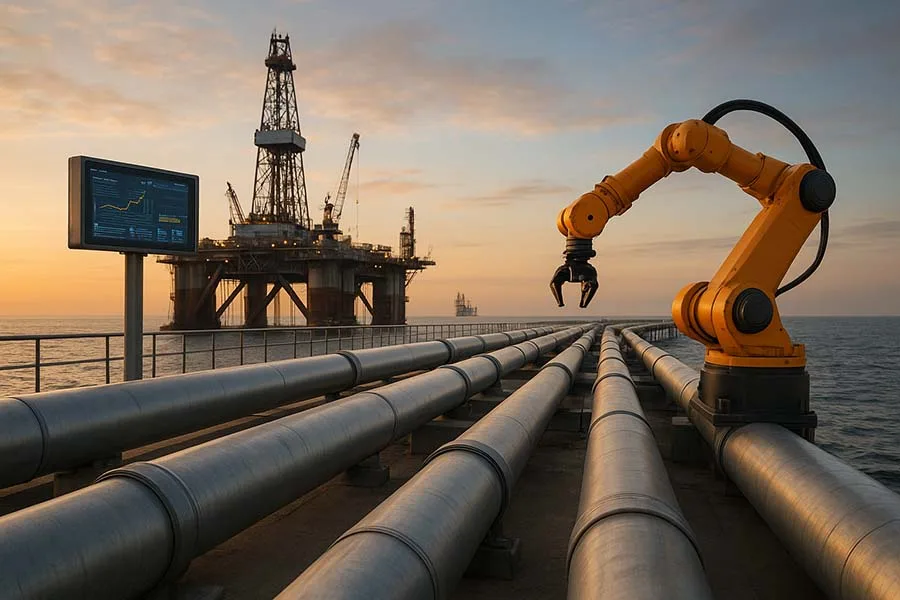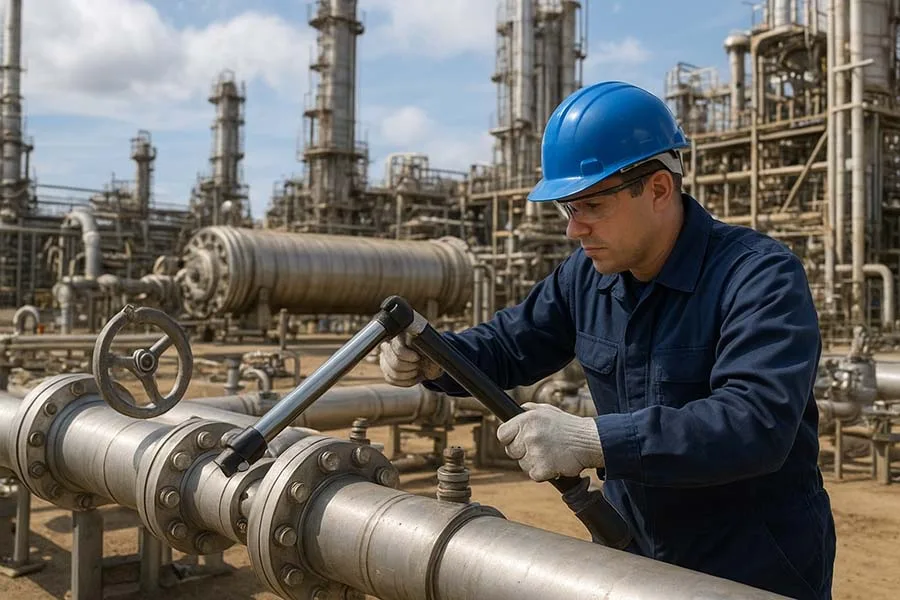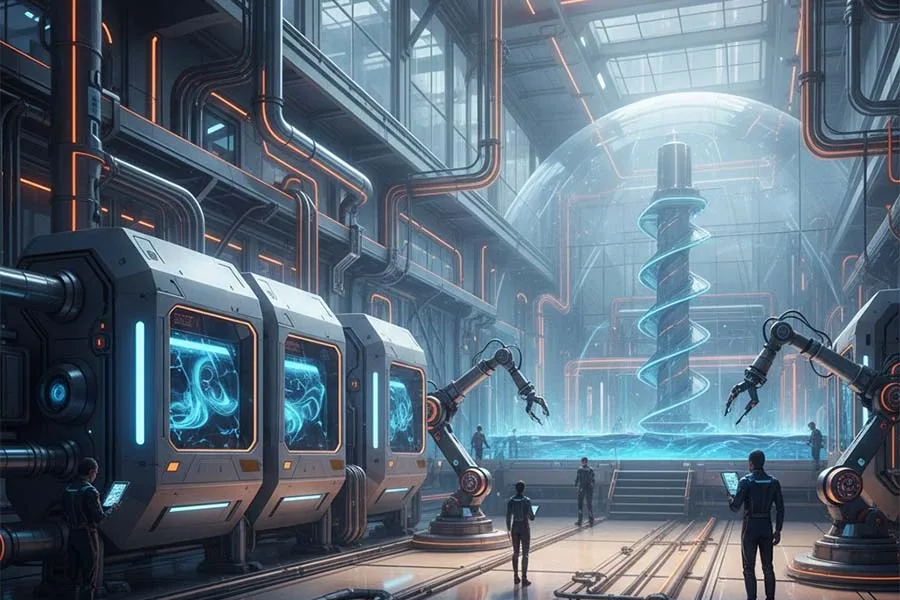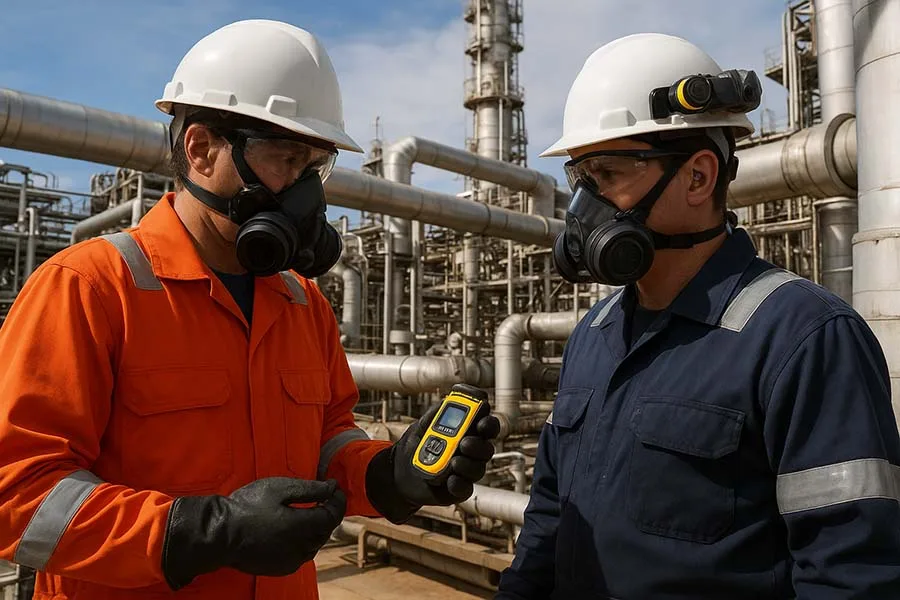Introduction
The oil and gas industry has always been one of the most technologically demanding sectors. From deep-sea drilling to complex refining operations, precision and safety are non-negotiable. In recent years, automation and digital tools have started to transform this field, improving efficiency, reducing downtime, and strengthening safety protocols. If you think about it, a modern rig is less about “men turning wrenches” and more about data-driven decision-making powered by automation systems.
In this article, we’ll explore the role of automation and digital tools in oil and gas, including their benefits, challenges, and future outlook.
Why Automation Matters in Oil & Gas
Automation isn’t just about replacing manual labor. In oil and gas, it’s about:
- Safety – Automated systems can monitor hazardous conditions and shut down equipment faster than human operators.
- Efficiency – Digital tools streamline drilling, pumping, and refining processes, reducing energy waste.
- Cost savings – Predictive maintenance helps avoid unplanned downtime that could cost millions per day.
- Environmental responsibility – Automation allows for better monitoring of emissions and leaks, keeping operations compliant with strict regulations.
Key Automation Applications
1. Drilling Automation
Modern rigs use automated drill control systems to optimize penetration rates, monitor vibrations, and reduce non-productive time. Some platforms even feature robotic pipe handling, lowering the risk of accidents.
2. Remote Operations and Monitoring
Supervisors can now oversee offshore rigs from onshore control centers using digital twin technology and real-time dashboards. This reduces the need for large crews in hazardous offshore environments.
3. Predictive Maintenance
By using AI-driven analytics, operators can predict when pumps, compressors, or valves are likely to fail. Instead of waiting for a breakdown, parts can be serviced proactively.
4. Robotics and Drones
From underwater ROVs (Remotely Operated Vehicles) inspecting subsea pipelines to drones monitoring flare stacks, robots are becoming essential eyes and hands in risky environments.
5. Advanced SCADA Systems
Supervisory Control and Data Acquisition (SCADA) systems now integrate with cloud platforms, making it easier to track production data, optimize flow rates, and react quickly to anomalies.
Digital Tools Driving Transformation
- IoT Sensors – Collect real-time data on temperature, pressure, and flow.
- Digital Twins – Create virtual replicas of wells, refineries, and pipelines for testing scenarios without risk.
- AI & Machine Learning – Improve exploration models, optimize drilling, and refine predictive maintenance.
- Blockchain – Ensures secure, transparent transactions and supply chain management.
- Augmented Reality (AR) – Assists technicians with guided repairs on complex equipment.
Challenges to Adoption
While promising, automation in oil and gas also faces obstacles:
- High upfront costs of digital transformation.
- Cybersecurity risks as more systems go online.
- Workforce adaptation – Engineers and operators must upskill to handle advanced digital tools.
- Integration issues with legacy infrastructure.
Future Outlook
The oil and gas industry is moving steadily toward fully digital ecosystems, where real-time analytics, automation, and AI make operations safer, more sustainable, and more profitable. Over the next decade, expect:
- More autonomous drilling rigs.
- Greater reliance on digital twins for risk-free testing.
- Wider use of renewable integration alongside traditional oil and gas.
Funny Fact
Some oil platforms now use robot dogs (yes, the four-legged kind made by Boston Dynamics) to perform safety inspections. Imagine a “guard dog” that barks only when it detects gas leaks!
Further Reading
- Industrial Tools in the Energy and Oil Industry
- Drilling and Extraction Tools in the Oil Industry: Complete Guide 2025
- Maintenance Tools for Oil Refineries: Complete Guide to Essential Equipment
- Pipeline Construction and Repair Tools | Essential Guide for Oil & Energy
- Safety Tools and Equipment in the Energy Sector
- Automation and Digital Tools in Oil & Gas
- Heavy Machinery in Oil and Energy Production
- Inspection and Testing Tools in Oil & Gas
- Tool Innovations Shaping the Future of Oil and Energy
Lesser-Known Fact
The first real attempt at automating offshore drilling dates back to the 1960s, when early computer systems were introduced on rigs in the Gulf of Mexico – long before the term “Industry 4.0” even existed.
Conclusion
Automation and digital tools are no longer optional in oil and gas – they are essential. They improve safety, efficiency, and sustainability while preparing the industry for a more data-driven future.
What do you think – will oil rigs become almost fully autonomous in the next 20 years, or will human expertise always remain at the core?
Share your thoughts in the comments and let’s start the discussion!





